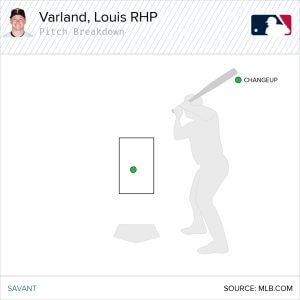
Louis Varland’s switch from starter to reliever has been encouraging through his first month in the Minnesota Twins’ bullpen. His average fastball velocity has jumped from 94.9 mph to 98.1 mph, topping out at 101, and he’s posted a 3.00 ERA with a 20-to-4 strikeout-to-walk ratio in 15 innings.
But one problem has kept Varland from being a sturdier bullpen presence, leading to a negative Win Probability Added despite good overall numbers, and it’s the same problem that often plagued the 27-year-old right-hander as a starter: Meatballs.
Advertisement
Varland pounds the strike zone with high-octane raw stuff, and he’s shown elite bat-missing ability in the shorter, max-effort role, but about once every appearance he leaves a pitch directly over the heart of the plate, begging to get hammered. And big-league hitters have often obliged. It’s what they do.
Kyle ManzardOVER #walkoff pic.twitter.com/1ycINvgcR3
— MLB (@MLB) April 30, 2025
Varland has allowed 35 homers over 158 2/3 career innings for the Twins, a rate of 2.0 per nine innings that’s the highest in team history for any pitcher with at least 150 total innings. That includes 2.1 homers per nine innings as a starter and 1.8 per nine in this season’s small sample as a reliever.
Tuesday night, Varland entered to work the bottom of the ninth inning of a 1-1 game against the Cleveland Guardians. His third pitch was a 90.5 mph changeup to left-handed slugger Kyle Manzardo, who yanked it into the right-field seats for a walk-off homer.
The location of the game-ending changeup was the textbook definition of a “middle-middle” pitch, also known (and classified by Baseball Savant) as a “meatball.”
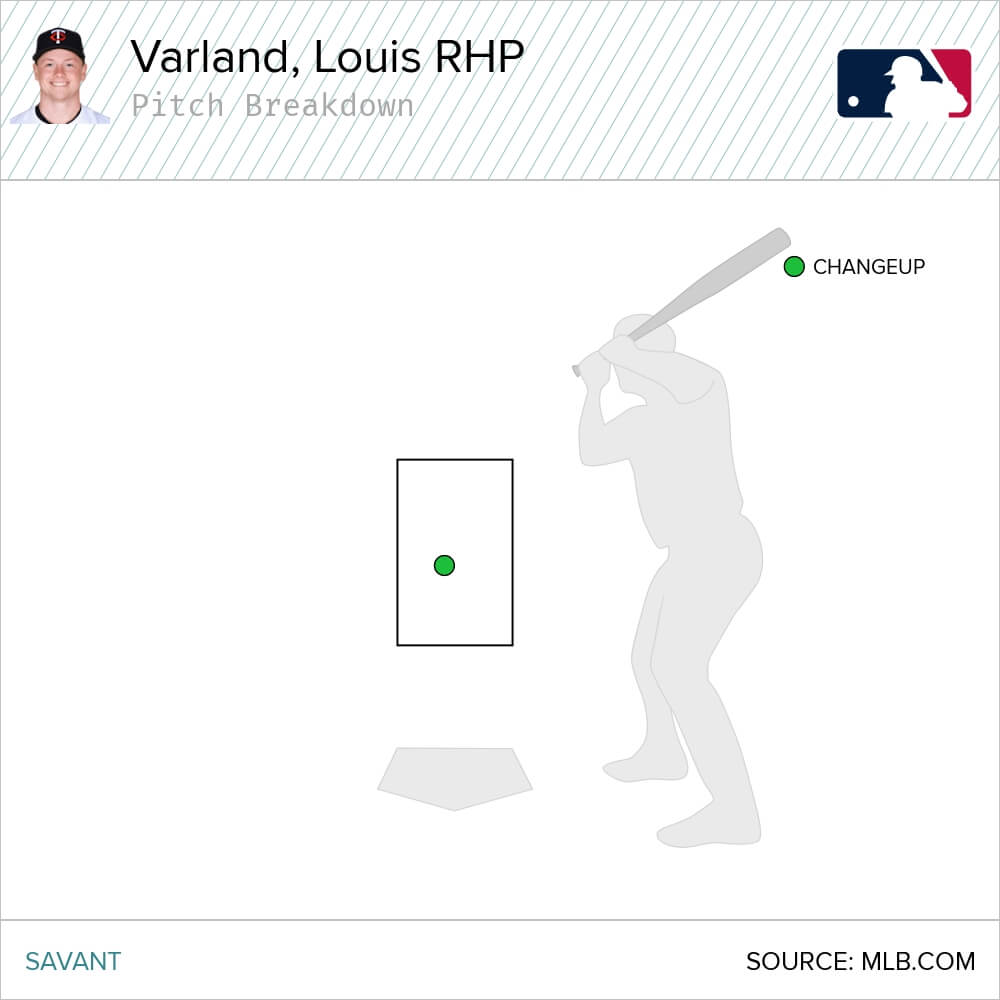
That was the third homer allowed by Varland this season, and the previous two — against the Chicago White Sox on April 1 and the Los Angeles Angels on April 25 — were also on pitches in the middle of the strike zone.
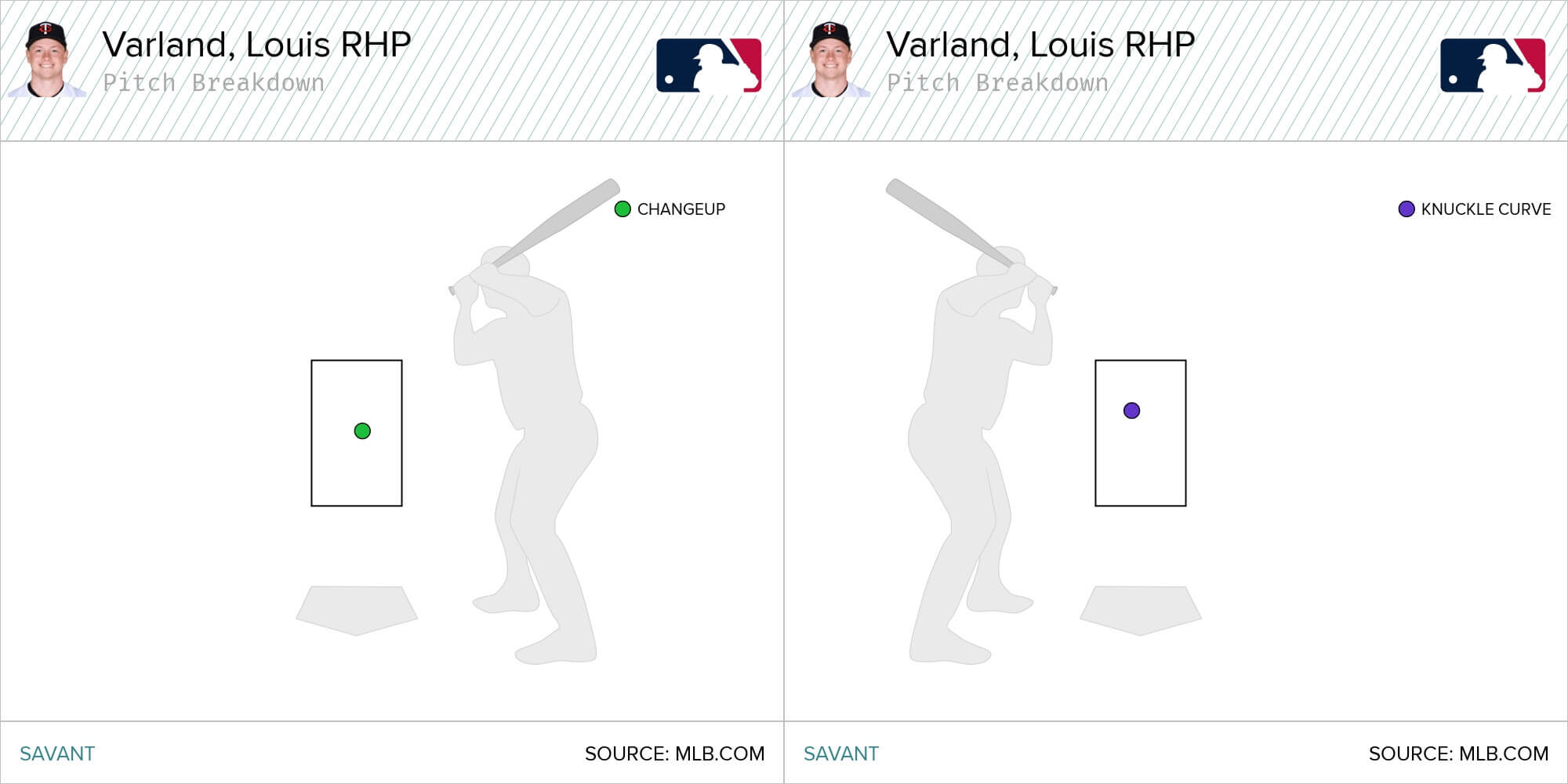
Middle-middle pitches leading to homers certainly isn’t unique to Varland. All pitchers make mistakes within the strike zone, and when they do, good hitters punish them. The problem is how often Varland grooves a pitch over the plate, and that moving to the bullpen hasn’t lessened the frequency.
Over the past four seasons, the league-wide “meatball” rate is 7.4 percent, meaning one out of every 13.5 pitches gets thrown down the middle. During that same time, Varland’s meatball rate is 9.8 percent, including 9.7 percent this season as a reliever. That’s one out of every 10 pitches.
Advertisement
That might not seem like a big difference, but think of it this way: Varland has thrown meatballs 32 percent more often than the average MLB pitcher, which equals roughly one extra middle-middle pitch every two innings. And given how hitters react to seeing meatballs, those extra ones add up in a hurry.
League wide, hitters swing at about 47 percent of all pitches, but that jumps to 76 percent on meatballs. Their eyes light up and they swing with damage in mind, destroying meatballs for a collective .330 batting average and .604 slugging percentage over the past four seasons.
And for whatever reason, Varland’s meatballs are even more enticing to batters. In his career, hitters have swung at 83 percent of them for a staggering .404 batting average and .904 slugging percentage. Early on this season, they’ve swung at 91 percent of Varland’s meatballs, batting .583 and slugging 1.500.
It takes an incredible amount of otherwise quality pitching to make up for that sort of ticking time bomb, particularly as a late-inning reliever asked to get outs in close games and high-leverage situations where one homer can change everything. That’s the challenge facing Varland in his new role.
Louis Varland, K’ing the Side. pic.twitter.com/XGlv50tORR
— Rob Friedman (@PitchingNinja) April 13, 2025
“Don’t throw the ball down the middle” is as straightforward as advice gets, but it’s also not very helpful. Aside from specific situations, like a 3-0 count, pitchers aren’t trying to throw the ball down the middle. But they inevitably do, because there’s a significant difference between control and command.
On the most simplistic level, control means being able to throw strikes and avoid walks, whereas command is about where pitches are located in and around the strike zone, and working the edges of the plate to avoid damage. Some pitchers have good control and bad command, and vice versa.
Advertisement
Varland’s control has been good, as a starter and as a reliever. He’s issued just 2.5 walks per nine innings in his career, including 2.4 this season, well below the league-wide rate of 3.1. And he’s thrown 55 percent of all pitches in the strike zone, well above the league-wide rate of 49 percent.
But command is a much different story. Varland throws way more strikes than the average MLB pitcher, but he also locates his pitches on the edges of the zone less often. And his middle-middle mistakes within the zone tend to be more frequent and “meatier” than the average pitcher’s mistakes.
Varland has the raw stuff to thrive in the bullpen and his first month of full-time relief was promising, with a low ERA, lots of strikeouts and few walks. But being a reliable late-inning arm will require better command to solve the same meatball problem that held him back as a starter.
(Photo: David Berding / Getty Images)
This news was originally published on this post .




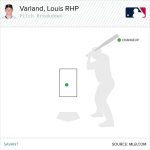




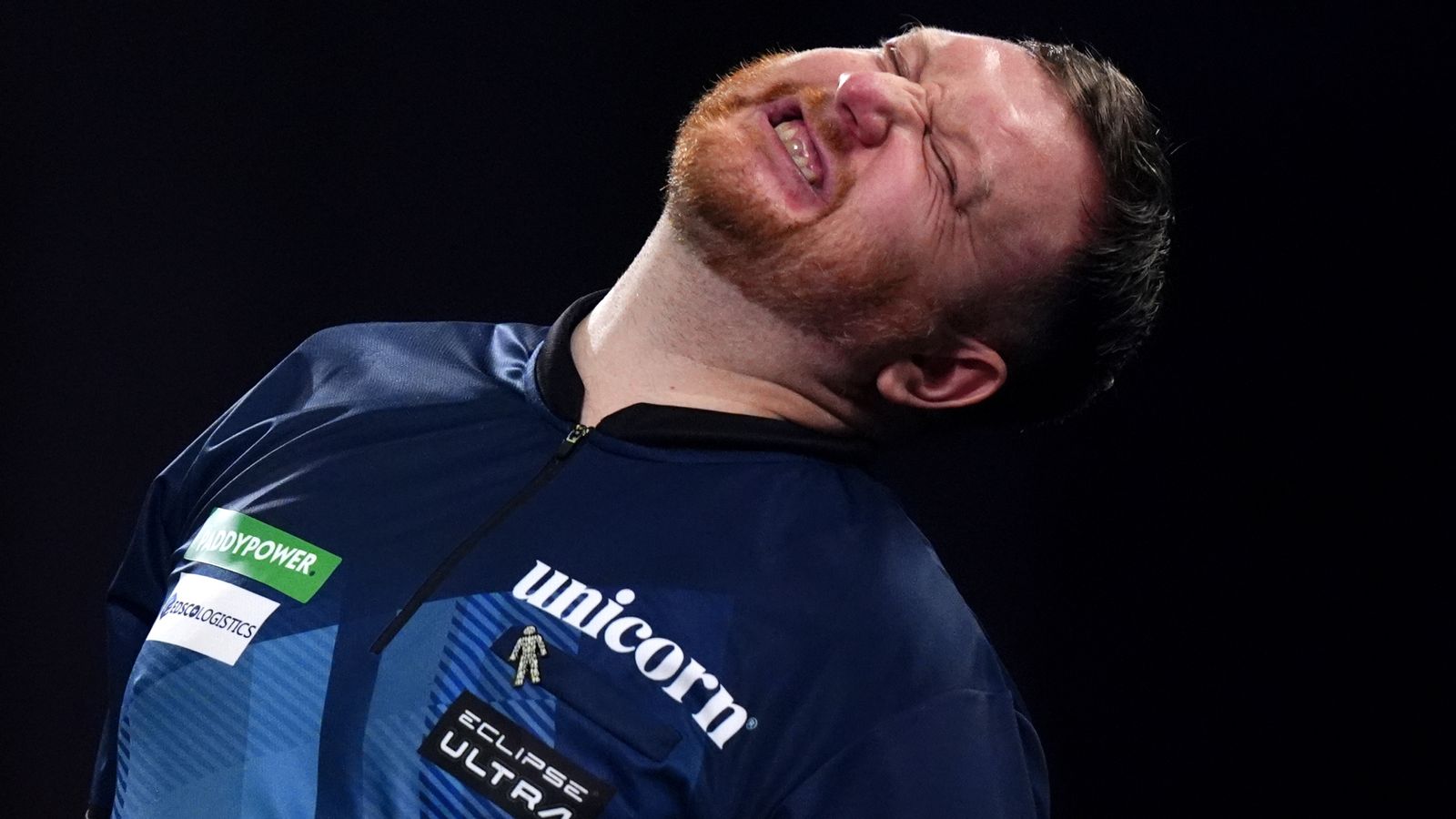
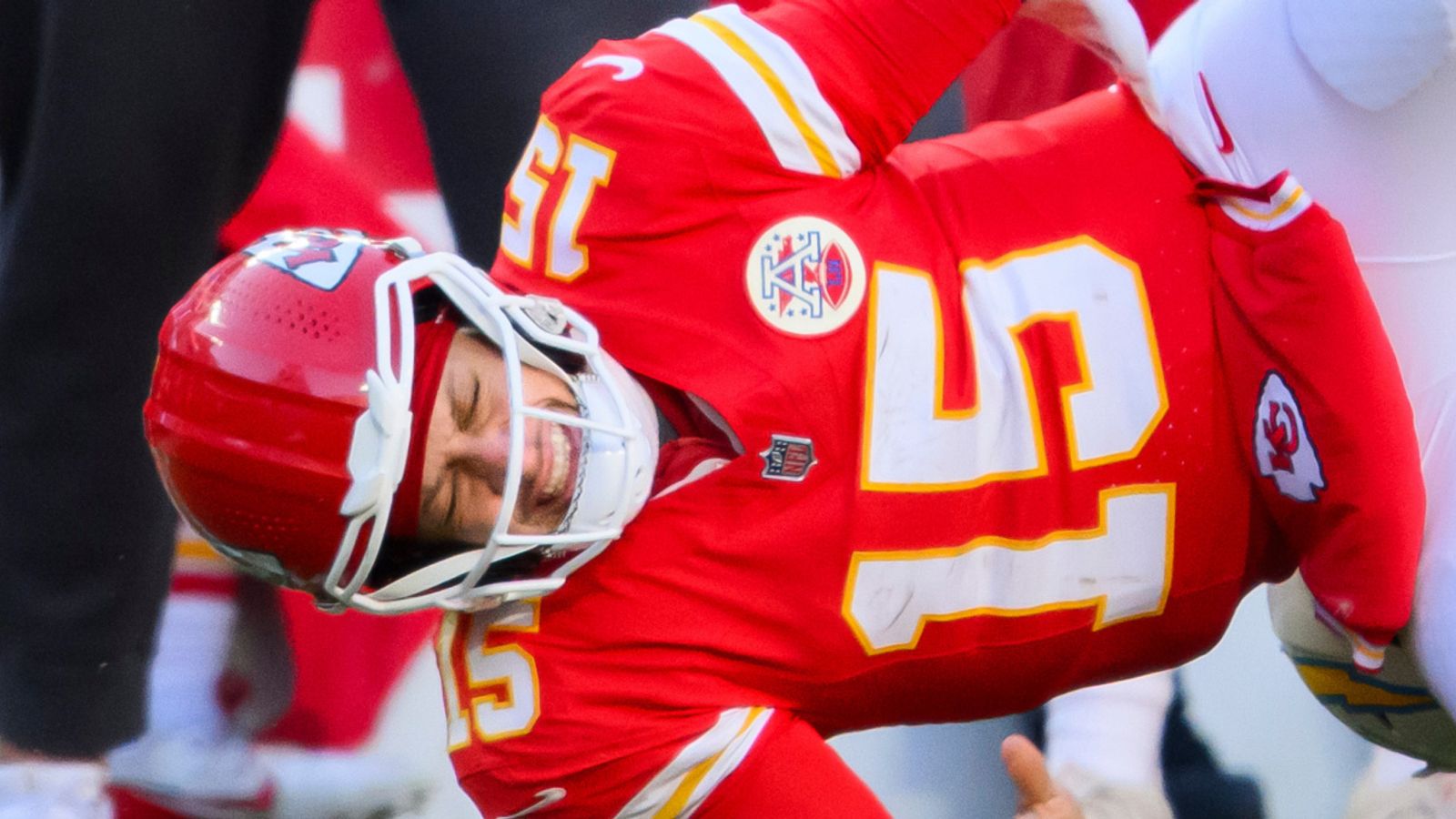

Be the first to leave a comment